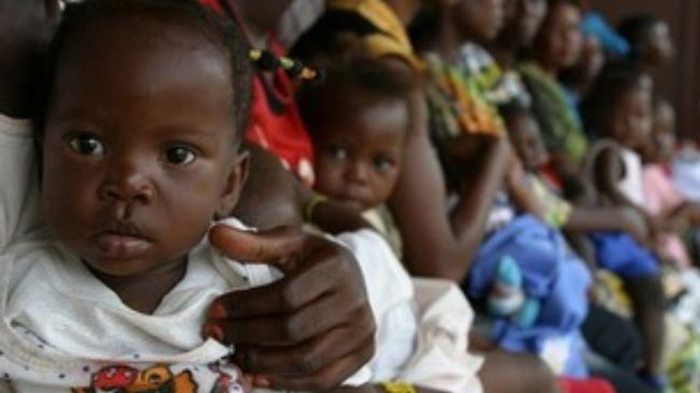Similarly, the infant mortality declined from 57.8 per 1,000 live births in 2002 to 34.4 per 1,000 in 2014, he said on the occasion of the release of Development Indicators 2014 in Pretoria.
The child health indicators have been retained in the sustainable development goals to be adopted by nations of the world at the forthcoming United Nations Summit later in September 2015.
South Africa`s maternal mortality ratio shows some progress, albeit not fast enough. It is much higher than those of countries of similar socio-economic development.
The South African public health sector, working in collaboration with development partners, academic institutions and non-governmental organisations, has developed an MDG Countdown Project, which aims to increase significantly the number of maternal lives saved by 2015, though the country will not meet the MDG target.
Between 2001 and 2011, South Africa significantly reduced the number of children suffering from severe malnutrition. However, between 2011 and 2013 there was a slight increase in children under five who suffered from severe acute malnutrition.
Addressing this condition requires intensified intersectoral collaboration to address not only the symptoms but the root causes of severe malnutrition, said Radebe.
These underlying causes include a declining trend in subsistence food production, the cost of food relative to the incomes of the poor, and poor dietary habits leading to malnutrition, he said.
The government`s social assistance grant programmes, its initiatives to develop smallholders, and nutrition education programmes are all aimed at addressing these causes, the minister said.
More about:















































